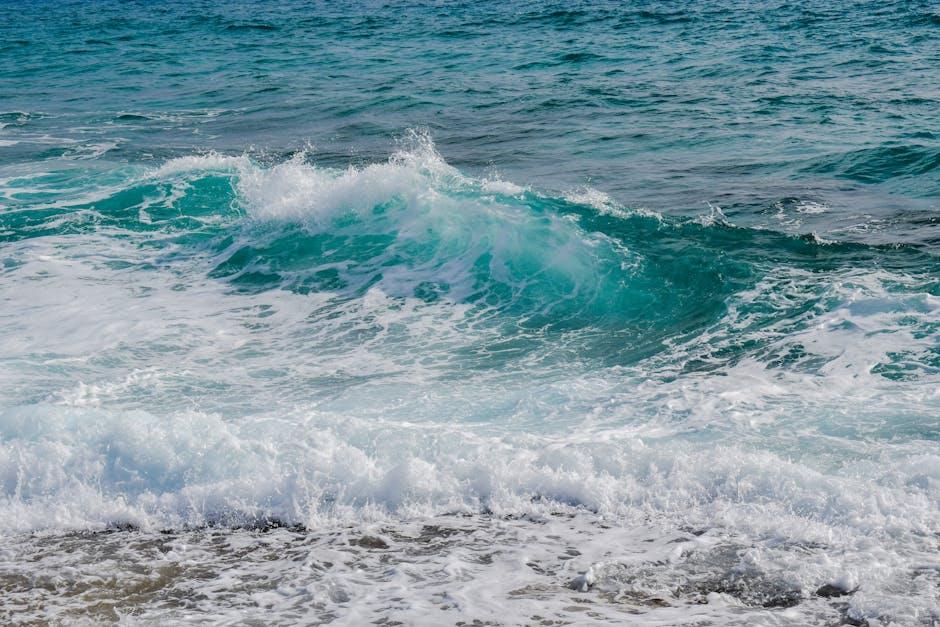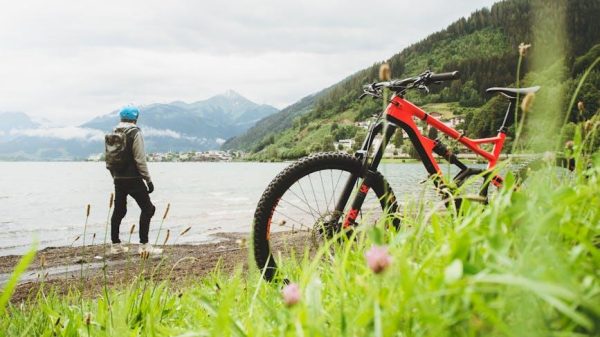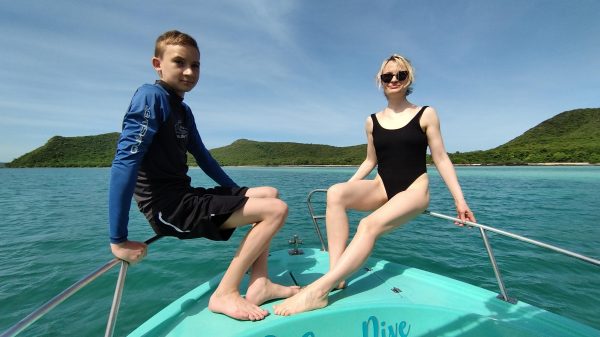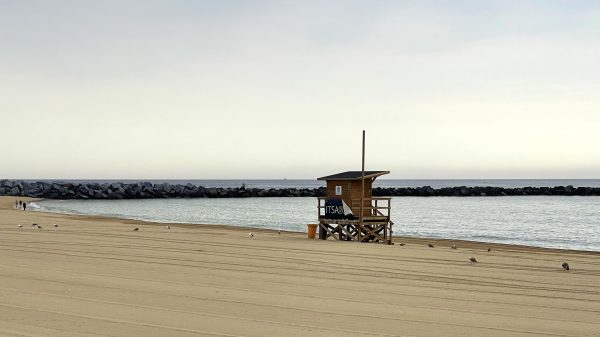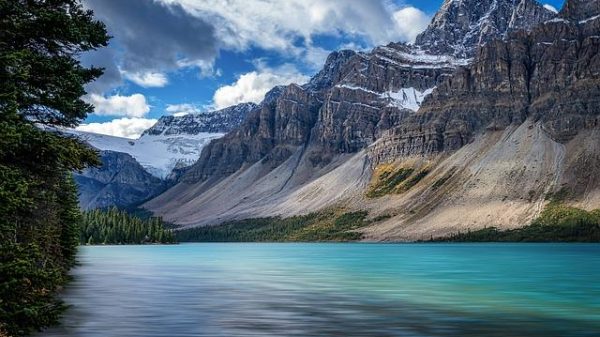In the golden embrace of dawn, as the first waves kiss the shores, a lone surfer paddles out to greet the ocean’s whisper. Yet, as the sun climbs higher, a chorus of eager voices and bustling footsteps disrupts the serenity, revealing a new wave crashing upon these once tranquil shores—tourism. Across the globe, from Hawaii’s iconic North Shore to Bali’s mystical beaches, surfing destinations are witnessing an unprecedented influx of visitors. This surge is reshaping the landscape, not only of the sands but of the soul of surfing itself. Are these hallowed grounds of surf culture being drowned in a tide of tourism, or is there a way to ride this wave without losing balance? Join us as we delve into the heart of this global phenomenon, exploring whether the spirit of surfing can withstand the swell of modern wanderlust.
Riding the Wave of Overcrowding: The New Reality of Surfing Hotspots
In recent years, the tranquil escape of surfing has transformed into a bustling spectacle, with popular spots being inundated by eager wave chasers. The allure of perfect swells and sun-kissed beaches is no longer a secret, and the influx of tourists is reshaping the surfing landscape. Once secluded beaches now resemble packed city squares, with surfboards as common as streetlights. This surge in popularity raises concerns about the sustainability of these locations and the authentic experience they once offered. Surf enthusiasts find themselves navigating not just the waves, but also the complexities of sharing their sacred spaces with a burgeoning crowd.
- Environmental Impact: Increased foot traffic and waste threaten the fragile ecosystems of coastal areas.
- Cultural Erosion: The local surfing culture is at risk of being diluted as the influx of visitors changes the social fabric.
- Economic Opportunities: While overcrowding poses challenges, it also opens up new avenues for local businesses and tourism infrastructure.
Despite these challenges, the spirit of surfing endures, with communities and surfers alike adapting to this new reality. Innovative solutions and mindful practices are being explored to balance the thrill of surfing with the need for preservation. Whether it’s through crowd management strategies or environmental conservation efforts, the surfing world is finding ways to ride this wave of change.
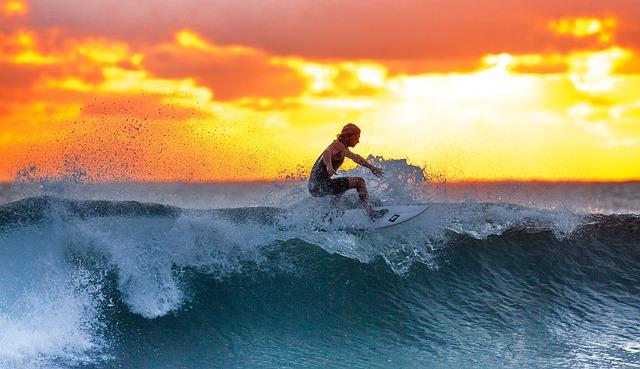
The Impact of Tourism on Surf Culture and Local Communities
In recent years, the allure of pristine waves and the promise of an authentic surf experience have attracted throngs of tourists to once-secluded surf spots. This influx has brought both positive and negative consequences for local communities and the surf culture that defines them. On the one hand, tourism can inject much-needed economic vitality into these areas, providing opportunities for local businesses, surf schools, and accommodation providers. Moreover, the cultural exchange that accompanies tourism can enrich local traditions, introducing new perspectives and fostering a sense of global community.
However, the sheer volume of visitors can also strain resources and disrupt the delicate balance of these coastal havens. Overcrowded line-ups can lead to tension between locals and tourists, as the quest for the perfect wave becomes a competition rather than a shared experience. Furthermore, the commercialization of surf culture can dilute its authenticity, with local customs and traditions overshadowed by the demands of a growing tourism industry. Key challenges include:
- Environmental degradation from increased foot traffic and pollution.
- Rising property prices, making it difficult for locals to afford housing.
- Loss of traditional livelihoods as the economy shifts towards tourism.
To preserve the essence of surf culture and support local communities, it’s crucial to foster sustainable tourism practices. This involves balancing economic growth with the preservation of natural and cultural resources, ensuring that the soul of surfing remains intact for generations to come.
Sustainable Surfing: Balancing Adventure with Environmental Responsibility
As the allure of pristine waves and breathtaking landscapes draws surfers from around the globe, many of the world’s most cherished surfing spots are grappling with the environmental toll of burgeoning tourism. Once tranquil beaches are now buzzing with the influx of surf enthusiasts, creating a pressing need to harmonize the thrill of the sport with the preservation of these natural havens. Sustainable surfing emphasizes the importance of minimizing our ecological footprint while embracing the adventure.
To maintain the delicate balance between exploration and conservation, it’s crucial to adopt responsible practices. Consider these actions:
- Support local businesses: Opt for eco-friendly accommodations and eateries that prioritize sustainability.
- Respect local cultures and environments: Engage with the community respectfully, and adhere to guidelines for waste disposal and conservation.
- Travel off-peak: Visit during less crowded times to reduce strain on local resources and enjoy a more serene experience.
- Choose sustainable gear: Invest in eco-friendly surfboards and wetsuits, crafted from renewable materials.
By embracing these practices, surfers can help ensure that their beloved destinations remain as awe-inspiring and untouched as the waves they chase.
Choosing Underrated Surfing Destinations for a More Authentic Experience
For those seeking a more genuine surfing experience away from the bustling crowds, venturing off the beaten path can unveil hidden gems that are often overlooked. These destinations offer not only pristine waves but also a deeper connection to local culture and nature. Imagine discovering a secluded beach where the only footprints in the sand are yours and the waves are as inviting as they are exhilarating. Such places exist, and they are waiting for those willing to explore beyond the usual surf hotspots.
- Namibia’s Skeleton Coast: A surreal landscape where desert meets ocean, offering unique and uncrowded waves.
- Rote Island, Indonesia: Known for its long left-hand waves and laid-back vibe, this island is a quieter alternative to Bali.
- Galicia, Spain: With rugged coastlines and consistent swells, this region provides a more intimate surfing atmosphere.
- Peru’s Northern Beaches: Less frequented than the southern areas, these beaches offer perfect waves and rich history.
Choosing these underrated destinations not only enriches your surfing adventure but also supports local communities and helps preserve the natural beauty of these areas. Embrace the journey to these lesser-known paradises and find a surfing experience that truly resonates with the soul.
The Conclusion
As the sun dips below the horizon, casting a golden hue over the waves that have long been the canvas for surfers’ dreams, we stand at a crossroads. The allure of surfing destinations, once the secret treasures of the adventurous few, now beckons to the world. Yet, with this call comes a responsibility—a challenge to balance the thrill of discovery with the preservation of what makes these places extraordinary.
We must navigate this wave of change with the same grace and respect that surfing demands. By championing sustainable tourism, advocating for local communities, and embracing mindful travel, we can ensure that these coastal paradises remain vibrant and untamed for generations to come.
So, as you wax your board and set your sights on the next swell, remember: the ocean is vast, but its treasures are finite. Let us ride this wave with purpose, protecting the shores that have gifted us with endless joy and the promise of adventure. Together, we can keep the spirit of surfing alive and thriving, safeguarding these sacred spots as sanctuaries of both nature and soul.
